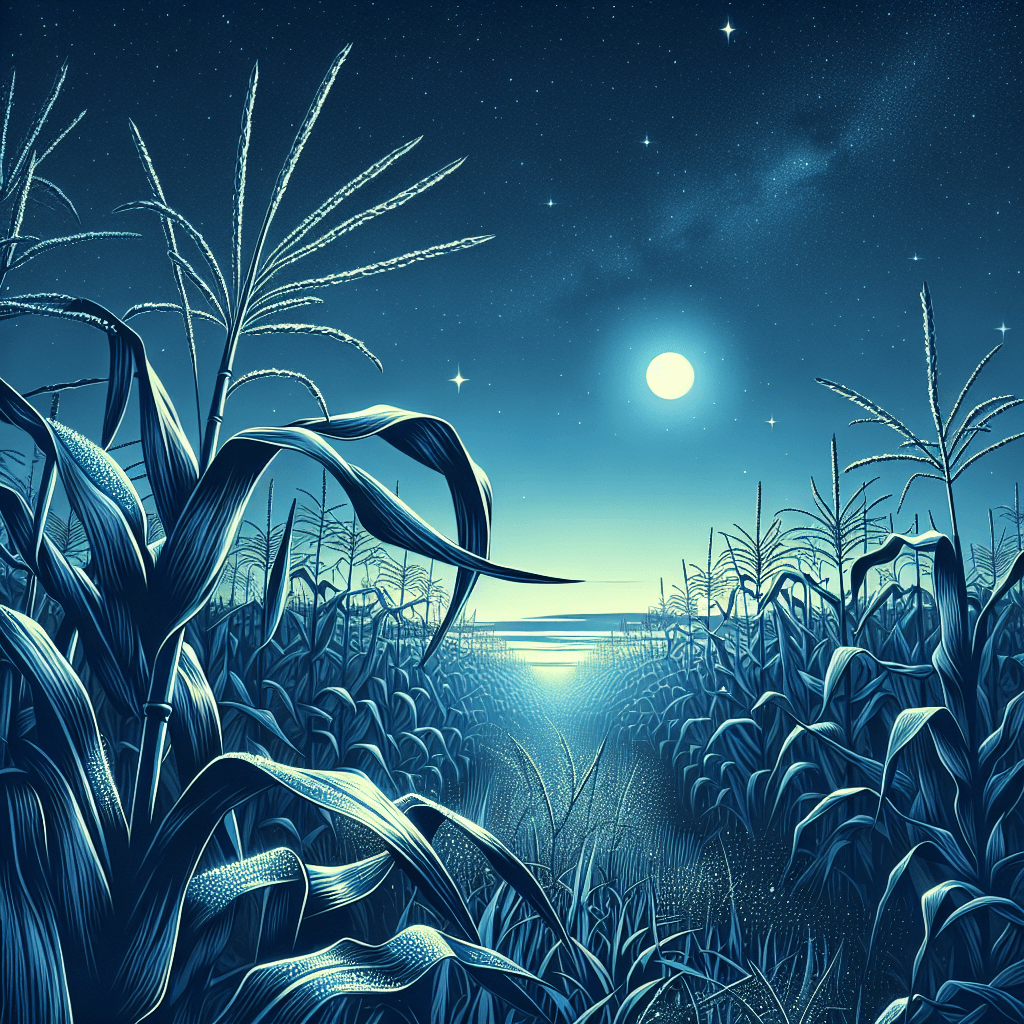Why can you sometimes hear corn growing on a quiet night
That faint crackling you hear in a cornfield on a still night isn't just the wind—it's the audible rush of the corn itself reaching for the sky.


Too Long; Didn't Read
TLDR: You are not hearing cells divide. The sound is the physical rustling and creaking of leaves rubbing against the stalk as the corn rapidly grows and unfurls, a process that happens most actively on quiet nights.
The Whispering Fields: Why Can You Sometimes Hear Corn Growing on a Quiet Night?
Have you ever stood beside a cornfield on a still, humid summer night and heard a faint, mysterious rustling? It’s a sound distinct from the wind—a subtle series of creaks, pops, and whispers that seem to emanate from the stalks themselves. For generations, farmers and rural dwellers have sworn by an old piece of folklore: that on the right night, you can actually hear the corn growing. While it may sound like a myth, this is one of those rare instances where folklore and science beautifully align. This post will explore the fascinating reality behind this auditory phenomenon, explaining what causes the sound and the perfect conditions required to experience it firsthand.
The Sound of Growth: Fact or Folklore?
The idea of hearing a plant grow seems impossible. After all, cellular division is a silent, microscopic process. However, the sound isn't coming from the cells themselves but from the rapid, large-scale physical expansion of the corn plant. Corn, especially modern hybrid varieties, is known for its astonishingly fast growth rate. During its peak vegetative stage, a healthy corn plant can grow several inches in a single day. This explosive growth is what generates the audible sound, turning a quiet field into a subtle symphony of agricultural ambition. So, rest assured, what you're hearing is not a trick of the imagination but a genuine testament to nature's power.
What's That Noise? The Anatomy of a Growing Corn Stalk
To understand the sound, you need to visualize how a corn plant grows. The main stalk, or culm, elongates from growth points, pushing new leaves upward from the center whorl. These new leaves are tightly wrapped around the stalk before they emerge. The sound you hear is the result of this process:
- Friction and Release: As the stalk rapidly lengthens, it creates immense pressure on the tightly furled leaves. This causes the leaves to stretch, slip, and unfurl from the stalk. The friction of the leaf sheaths rubbing against the stalk and each other creates a distinct creaking and rustling sound.
- Rapid Unfurling: Think of it like a flag being quickly unfurled or the sound of taffeta fabric rubbing together. Each tiny "pop" or "crackle" is a leaf sheath finally breaking free from the tension of its rapid expansion.
This is most pronounced during the "grand growth phase," a period typically occurring in late June or July (in the Northern Hemisphere) when the plant is adding height and leaves at its maximum rate before it begins to tassel.
Creating the Perfect 'Corncert': When and How to Listen
Hearing corn grow isn't something you can do on any given night. It requires a specific set of environmental conditions that allow the subtle sounds to become audible to the human ear.
The Ideal Conditions
- Time of Day: Nighttime is crucial. The most significant reason is the profound quiet. Without the daytime sounds of birds, insects, traffic, and wind, the faint rustling of the corn can finally be heard. Additionally, much of the corn's physical elongation happens at night. The plant performs photosynthesis during the day, storing up energy (sugars), and then uses that energy for growth during the cooler, less stressful nighttime hours when water loss through transpiration is minimized.
- Weather: A warm, very humid, and completely still night is essential. High humidity keeps the plant tissues pliable and hydrated, fueling the rapid growth. Most importantly, the air must be dead calm. Even the slightest breeze will create its own rustling sound in the leaves, easily overpowering the delicate sounds of growth.
Conclusion
The quiet whisper of a cornfield on a summer night is more than just an old wives' tale; it's a direct, audible manifestation of biological power. The sound is the physical result of leaves unfurling and rubbing against a stalk that is elongating with incredible speed. This phenomenon is a powerful reminder of the dynamic and energetic processes constantly at work in the natural world, often just beyond the range of our senses. So, the next time you find yourself near a cornfield on a balmy, windless night, pause for a moment. Step close, be patient, and listen carefully. You might just be rewarded with one of nature's most subtle and remarkable concerts.


